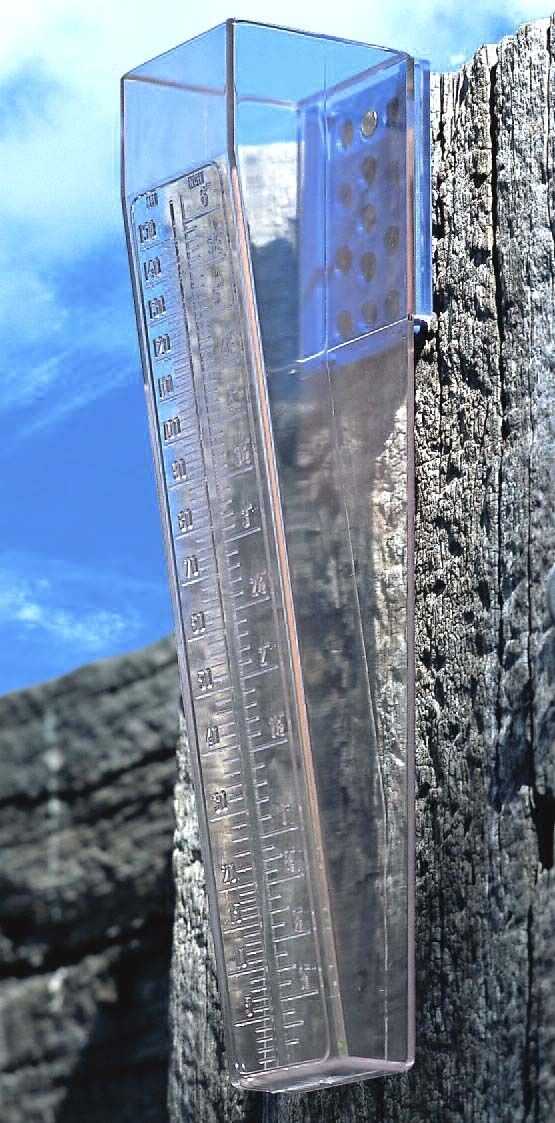Introducing the Science Behind Rainfall Determines: Just How These Instruments Play an Important Duty in Climate Study and Ecological Monitoring
Rainfall gauges, seemingly easy devices, hold a profound relevance in the realm of climate study and environmental surveillance. As we peel off back the layers of this clinical veil surrounding rainfall assesses, we reveal a globe where accuracy, information accuracy, and careful observation assemble to reveal a much deeper understanding of our altering climate and its effect on the world.
Importance of Rainfall Scales
Rain evaluates play a vital role in surveillance and gauging precipitation degrees, offering vital data for environment research and evaluation. These tools are essential in quantifying the amount of rainfall that occurs in a details location over a certain duration. By measuring and accumulating rainwater, rainfall determines deal useful understandings into the distribution and intensity of rainfall, helping meteorologists, hydrologists, and climatologists in recognizing climate patterns and patterns.
Among the crucial reasons rain evaluates are critical is their capacity to offer localized and precise data. Unlike satellite or radar-based dimensions, which use broader observations, rain determines deal accurate information specific to the place where they are put. This localized information is crucial for numerous applications, including flood projecting, dry spell monitoring, and water resource administration. In addition, long-term data accumulated from rain determines assists in evaluating climate change effects and patterns, adding substantially to clinical research and decision-making procedures. Basically, rainfall evaluates function as vital tools in the field of meteorology and ecological scientific research, playing an essential role beforehand our understanding of weather condition and climate dynamics.
Kinds of Rain Gauges

Functionality and Operation
In the realm of climate study and meteorological studies, the effectiveness of rainfall gauges lies in their detailed capability and specific functional mechanisms. Rain gauges are made to properly determine the amount of rainfall that falls over a specific location during a collection period.
The capability of rain assesses is based upon the principle of gathering and measuring rain in a standard manner. This gathered data is critical for understanding local weather patterns, tracking long-lasting environment fads, and analyzing ecological influences. To make certain precise measurements, rainfall gauges need to be strategically positioned in open areas away from blockages such as structures or trees that could interfere with the collection procedure.
The operational facet of rainfall gauges includes routine upkeep to avoid debris buildup, calibration checks to maintain dimension accuracy, and data tape-recording for evaluation (rain gauge). On the whole, the performance and procedure of rainfall determines are crucial for collecting reputable precipitation data vital to climate research study and environmental monitoring
Role in Environment Study
Provided the crucial significance of accurate rainfall measurements in recognizing weather patterns and ecological influences, the function of rainfall assesses in climate research is essential. Rainfall evaluates supply necessary information for environment research study Recommended Site by quantifying the amount of rainfall that drops over a specific location during a provided duration. This information is vital for monitoring lasting patterns in rainfall patterns, examining the effect of environment modification on rainfall distribution, and enhancing climate designs.

Environment scientists make use of information collected from rain determines to assess variants in precipitation levels, determine local climate fads, and evaluate the efficiency of water source management approaches. By comparing historic rainfall information with present dimensions, researchers can detect changes in precipitation patterns, such as changes in the regularity or intensity of rains events. This information is essential for recognizing how environment change is affecting rainfall characteristics and can aid policymakers make educated choices regarding adaptation and mitigation approaches.
Applications in Environmental Surveillance

In flooding forecasting, rain gauge data helps to track rainfall strength and distribution, allowing authorities to issue timely cautions and take needed actions to minimize flood dangers (rain gauge). Dry spell surveillance over at this website relies upon rain gauge data to assess wetness degrees in the soil and track rainfall shortages, aiding in the identification of drought-prone areas and the execution of dry spell reaction strategies
Moreover, rain gauge information plays a vital duty in water source monitoring by providing information on water availability and usage trends. Additionally, in farming, rainfall gauge data assists farmers in enhancing watering schedules, plant option, and overall ranch administration practices based on neighborhood precipitation patterns.
Verdict
To conclude, rain determines are vital tools for measuring precipitation, giving important information for climate study and ecological surveillance. With various types and performances, rain determines play a critical role in comprehending precipitation patterns and their influence on the atmosphere. By precisely gauging rainfall, these gadgets add to the innovation of scientific knowledge and aid in making notified choices pertaining to water resource administration and calamity preparedness.
Rain evaluates play an indispensable function in tracking and determining precipitation levels, offering essential data for climate study and analysis. The typical rainfall scale, recognized as the "tipping bucket" scale, is one of the most generally used devices. Ultrasonic rainfall assesses usage audio waves to find the existence of rain, giving real-time data on precipitation levels.Environment scientists make use of data collected from rain determines to analyze variations in rainfall degrees, identify regional climate fads, and assess the performance of water resource monitoring methods.In final thought, rain assesses are vital tools for measuring rainfall, giving useful information for environment research and ecological surveillance.